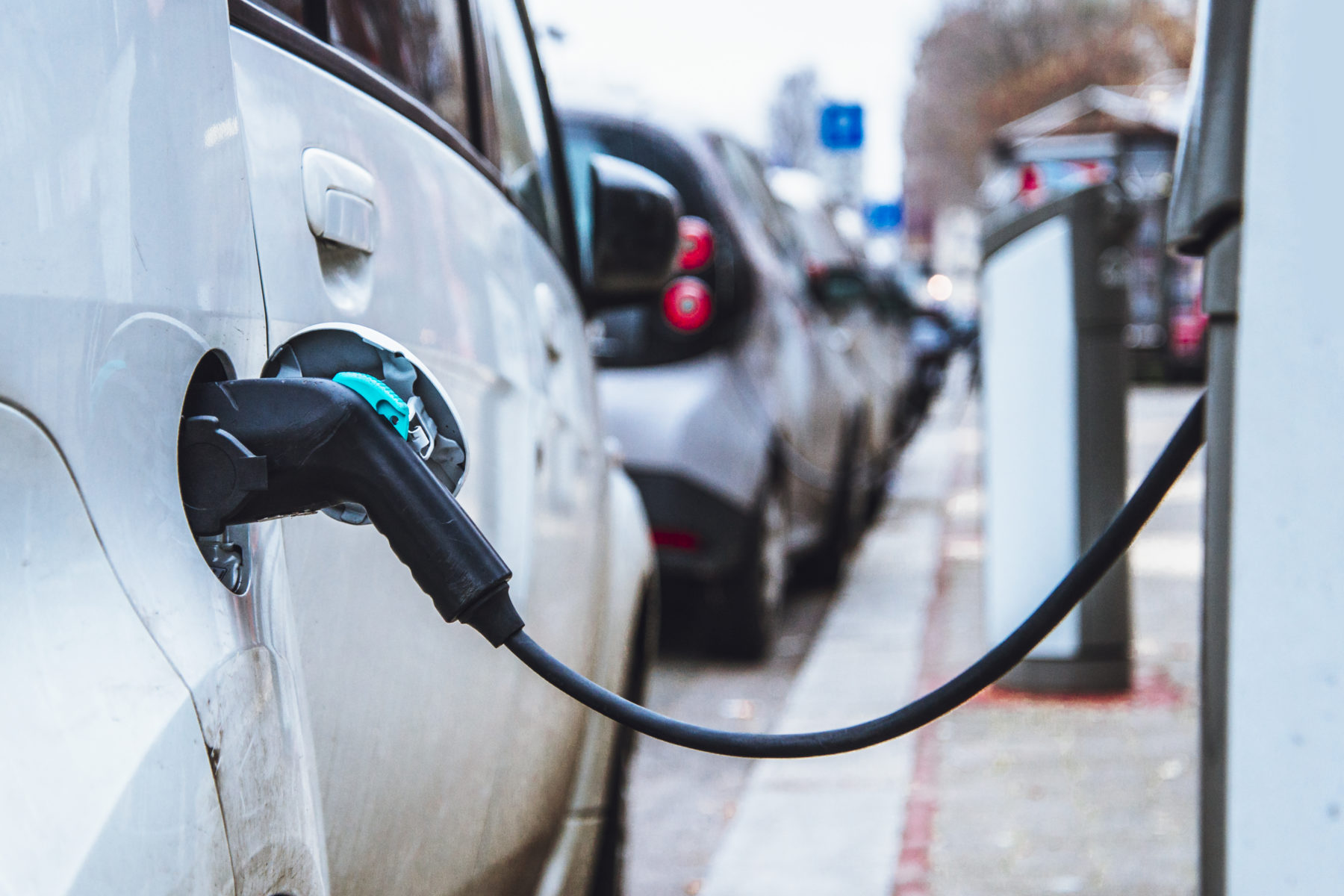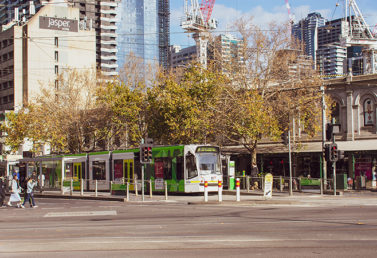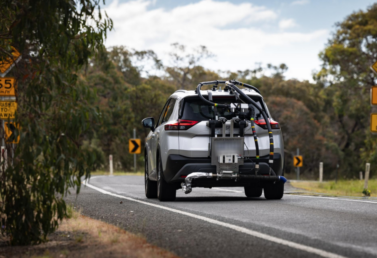Australia’s peak motoring body is pleased to see today’s updated federal government emissions projections acknowledge the global shift to electric vehicles, which emphasise the urgent need for nationally consistent tax reform.

Australia’s peak motoring body is pleased to see today’s updated federal government emissions projections acknowledge the global shift to electric vehicles, which emphasise the urgent need for nationally consistent tax reform.
The Australian Automobile Association says Australia’s new emissions projections show the expected rate of new light vehicle sales being electric or hybrid in 2030 has been revised up from 19 to 26 per cent.
AAA Managing Director, Michael Bradley, said: “The investments being made by global car-makers mean electric vehicle technologies will keep improving, prices will keep falling, and sales will keep increasing.
“New transport technologies are good for the environment and good for communities, but they pose significant challenges for the Commonwealth Budget, which will collect almost $50 billion in fuel excise over the next four years which in turn will fund almost $50 billion in transport projects.
“Electric vehicles are here, many more are coming, and Australia’s tax system is fast running out of time to get EV-ready.
“Many people are forecasting the imminent demise of the internal combustion engine, but no one is forecasting a future in which we don’t need roads or a means to fund them.”
Budget papers show Australian motorists will pay $49.3 billion in fuel excise over the next four years, with the average Australian household contributing $1,188 in fuel excise alone this financial year.
Like some international jurisdictions, the Victorian and South Australian governments have announced their intention to introduce a road user charge for electric vehicles from next year, with New South Wales indicating it may also follow.
The AAA says a road user charge makes sense for electric vehicles, provided it is at a rate that doesn’t disincentivise uptake, and provided it’s implemented in a nationally consistent manner.
Mr Bradley said: “All levels of government and industry need to develop a single model and avoid a situation in which states go about this in different ways, on different timeframes, and with different impacts.”
The AAA’s constituent clubs – NRMA, RACV, RACQ, RAA, RAC and RACT – are major investors in EV recharging networks.
Media contact:
Jake Smith
0403 466 153
[email protected]

The latest AAA Transport Affordability Index reveals transport cost rises exceeded the consumer price index not only in the September 2023 quarter but also over the 12 months to the end of September.
read more
Initial results of Australia’s first program to test vehicle real-world performance show the cars tested use up to 13% more fuel on the road than they did in lab tests reported by manufacturers.
read more
The quarterly update of the AAA’s EV Index shows the Australian new vehicle market continuing to change.
read more